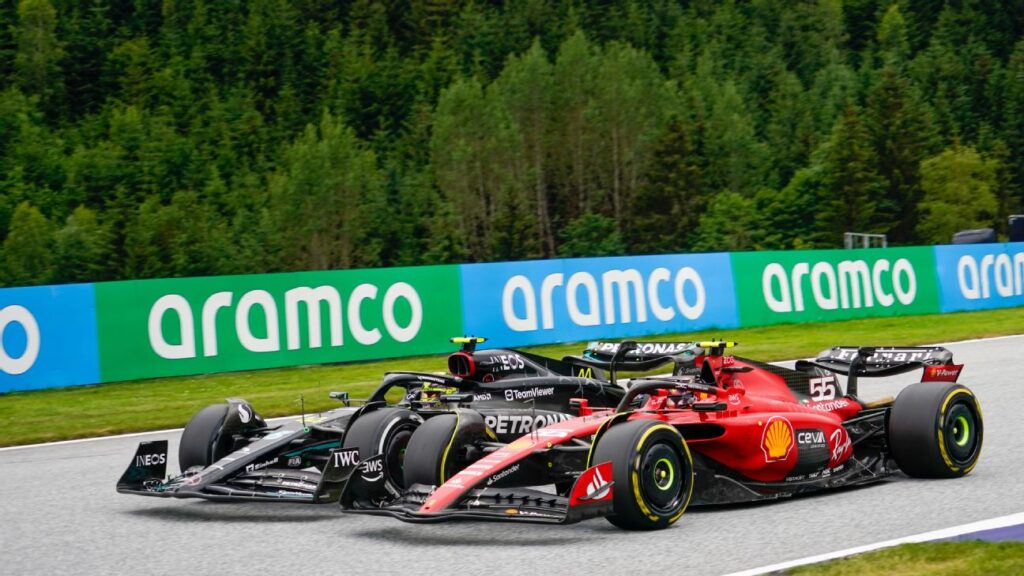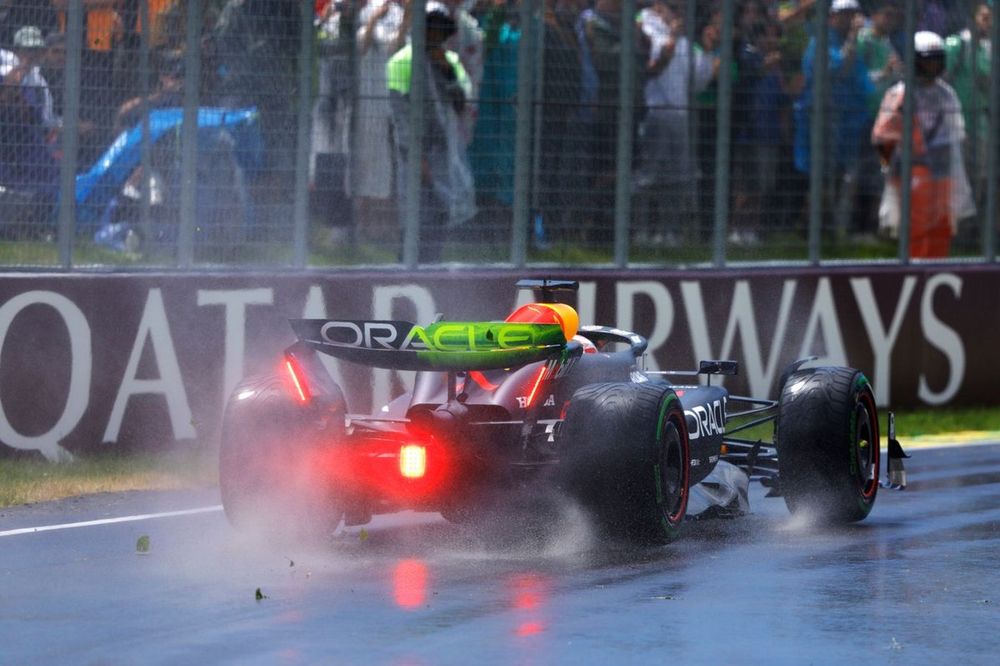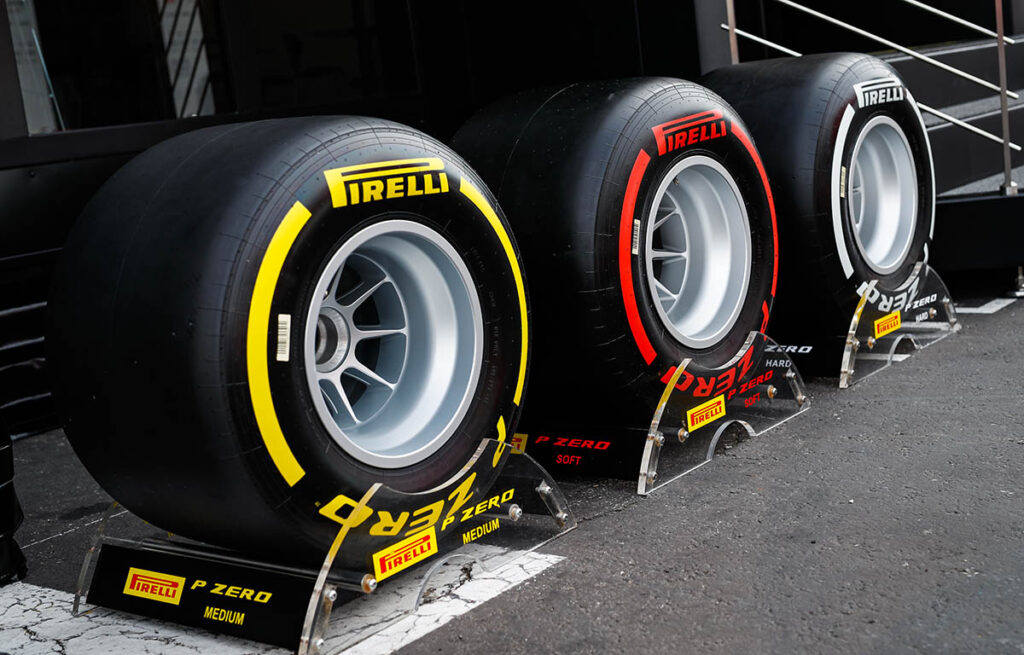F1 qualifying is the high-octane prelude to the main event, the Grand Prix. It’s a pressure cooker where drivers wrestle their machines to the absolute limit, each vying for the coveted pole position and the bragging rights of setting the fastest lap time. But beneath the surface of roaring engines and screaming tires lies a complex world of strategy, precision, and split-second decisions. This comprehensive guide delves deep into the intricacies of F1 qualifying, from the knockout format to the strategic battles unfolding behind the scenes.

The F1 Qualifying Format
A Three-Part Knockout Thrill Ride
Unlike a traditional race where all drivers compete for the entire duration, F1 qualifying is a three-part knockout session held on Saturday (except for the first two races with sprint races, where it’s on Friday). Each stage eliminates a set of drivers, with the remaining contenders progressing to the next round, all aiming for a better starting position for the Grand Prix. Here’s a closer look at the format:
- Q1 (18 minutes): Dubbed the “cutthroat session,” Q1 is a frantic fight for survival. All 20 drivers participate, with the five slowest getting eliminated after 18 minutes. Their lap times in Q1 determine their starting positions from 16th to 20th on the grid. This session is often chaotic, with drivers jostling for clean air and track space to set their fastest times.
Elimination Rate in F1 Qualifying
| Qualifying Stage | Number of Drivers Eliminated | Grid Positions Determined |
|---|---|---|
| Q1 | 5 | 16th – 20th |
| Q2 | 5 | 11th – 15th |
| N/A | N/A | Top 10 battle for pole position |
- Q2 (15 minutes): The pressure intensifies in Q2 as another five drivers are knocked out. The remaining 10 drivers compete for a spot in the final showdown. Here, the lap times from Q2 determine the grid order for positions 11th to 15th. Drivers push their cars even harder, with the margin for error shrinking significantly.
- Q3 (12 minutes): Q3 is the ultimate showdown, often referred to as “pole position shootout.” Only the top 10 drivers from Q2 remain, battling for the coveted pole position and the prestigious honor of starting at the front of the grid. Every millisecond counts as drivers strive to extract the maximum performance from their meticulously tuned machines. This session is a nail-biting display of driving precision and technological prowess.

The Strategic Nuances of F1 Qualifying
Qualifying is a strategic chess match between teams and drivers, demanding meticulous planning and calculated execution. Here are some key aspects that play a crucial role in determining success:
- Tire Strategy: Pirelli, the official tire supplier for F1, allocates different tire compounds (soft, medium, hard) with varying levels of grip and wear characteristics for each race weekend. Teams carefully choose which tires to use in each qualifying session, considering factors like track conditions, lap time potential, and tire wear. Opting for softer tires can provide an edge in terms of lap time, but they degrade faster. Conversely, harder tires offer greater durability but may sacrifice some initial grip.

F1 Qualifying Tire Compounds
| Tire Compound | Color | Characteristics |
|---|---|---|
| Soft (C5) | Red | Fastest lap times, quickest wear |
| Medium (C4) | Yellow | Balanced performance, moderate wear |
| Hard (C3) | White | Most durable, slowest lap times |
- Fuel Levels: Qualifying with a lighter fuel load reduces the car’s weight, allowing for a faster lap time. However, this necessitates careful fuel management during out-laps (warm-up laps) and in-laps (cool-down laps) to avoid running out of fuel before crossing the finish line or incurring penalties for exceeding the minimum fuel flow rate.
- Parc Fermé: Once qualifying starts, parc fermé rules come into effect. This restricts teams from making significant adjustments to the car’s setup, emphasizing the importance of finding the optimal setup that balances qualifying pace and race pace during practice sessions. Only minor adjustments like tire changes and fuel top-ups are permitted under parc fermé.
Additional Resources
The Race Pace vs. Qualifying Pace Conundrum
While setting a blistering lap time in qualifying is crucial for a strong start, it’s not the only factor for success in the Grand Prix. Teams face the challenge of striking a delicate balance between qualifying.

1 Comment